Russia
Artwork Khrushchev Probably Would Not Have Liked 59
Remember my rule for this series? The artwork in question had to be made during Khrushchev's lifetime. Well, I thought 1968 was too late. But no! Nikita lived till 1971.The artist's Wikipedia page.

Posted By: Paul - Tue Nov 12, 2024 -
Comments (1)
Category: Art, Avant Garde, Television, Self-referentiality, Circularity, and Endless Loops, 1960s, Russia
The Sonata of Sleep
The Sonata of Sleep wasn't a musical composition. Instead it was a building designed (but never built) in the 1930s by Soviet architect Konstantin Melnikov. He envisioned it as a place where Soviet workers could enjoy scientifically-enhanced sleep. Details from Cabinet magazine:At either end of the long buildings were to be situated control booths, where technicians would command instruments to regulate the temperature, humidity, and air pressure, as well as to waft salubrious scents and “rarefied condensed air” through the halls. Nor would sound be left unorganized. Specialists working “according to scientific facts” would transmit from the control centre a range of sounds gauged to intensify the process of slumber. The rustle of leaves, the cooing of nightingales, or the soft murmur of waves would instantly relax the most overwrought veteran of the metropolis. Should these fail, the mechanized beds would then begin gently to rock until consciousness was lost.

Model of Melnikov's Sonata of Sleep
image source: interwoven
Posted By: Alex - Sun Oct 20, 2024 -
Comments (8)
Category: Architecture, Sleep and Dreams, 1930s, Russia
Artwork Khrushchev Probably Would Not Have Liked 56
The artist's Wikipedia page.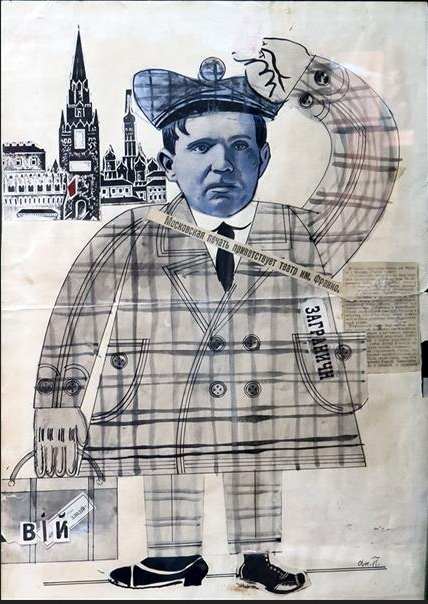
Posted By: Paul - Mon May 06, 2024 -
Comments (2)
Category: Art, Avant Garde, 1920s, Russia
The Aerowagon
The Wikipedia page.The Aerowagon or Aeromotowagon (Russian: Аэроваго́н, аэродрези́на, romanized: aerovagon, aerodrezyna) was an experimental high-speed railcar fitted with an aircraft engine and propeller traction invented by Valerian Abakovsky, a Soviet engineer from Latvia. It produced speeds of up to 140 kilometres per hour (87 miles per hour).[1] The Aerowagon was originally intended for the express transportation of important documents, and to carry Soviet officials on government business.[2]
Good article and more pics here.
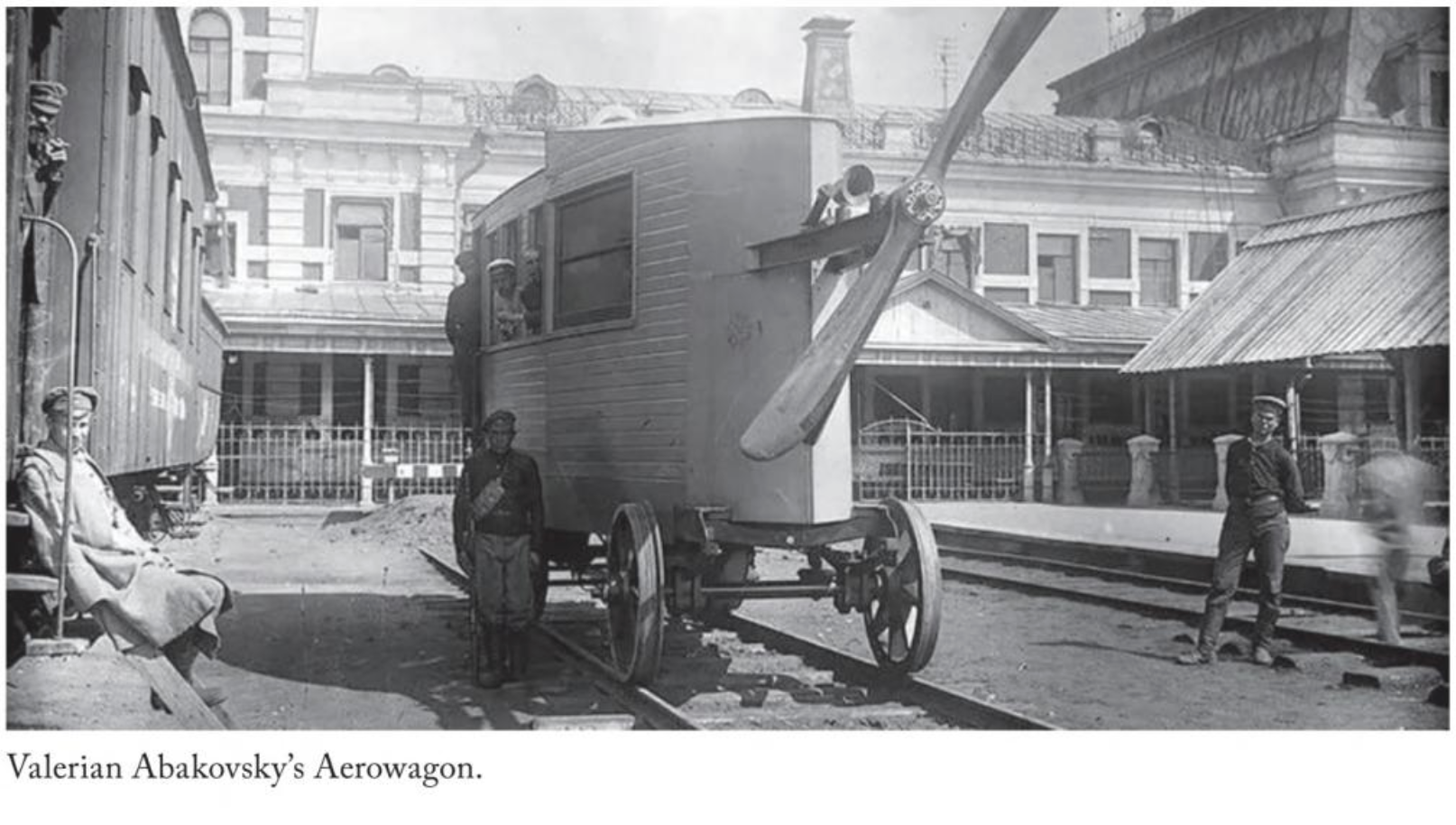
Posted By: Paul - Wed Jun 28, 2023 -
Comments (2)
Category: Death, Inventions, Motor Vehicles, 1910s, Russia
Artwork Khrushchev Probably Would Not Have Liked 51
His Wikipedia page.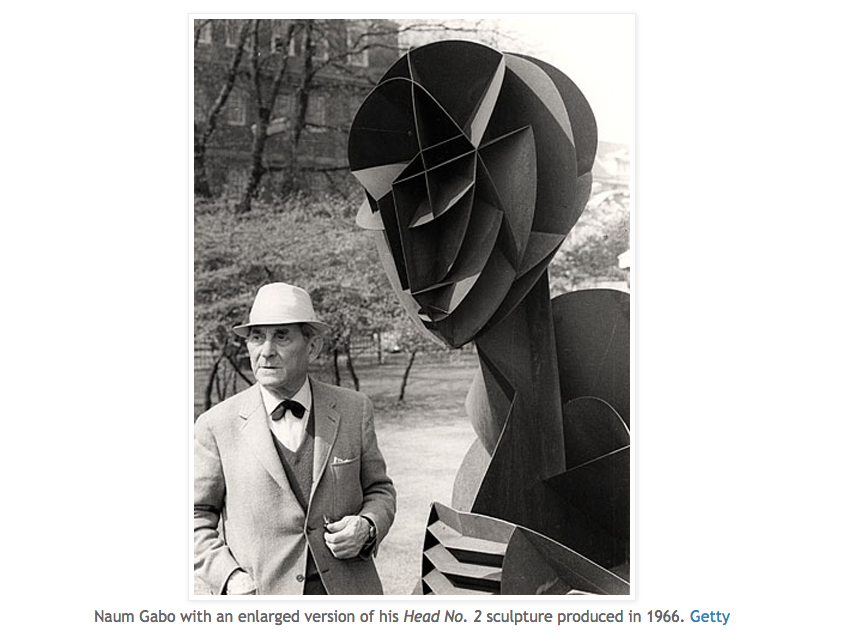
Posted By: Paul - Sun Jun 18, 2023 -
Comments (1)
Category: Art, Avant Garde, Statues and Monuments, Russia, Twentieth Century
Applause for Stalin
In his book Koba the Dread Martin Amis told the anecdote of "a gramophone record of one of Stalin's longer speeches" which "ran to eight sides, or rather seven, because the eighth consisted entirely of applause."Amis offered no more details than this. However, the Nizhny Tagil Museum of Regional History has some more info. It seems that what Amis was referring to was a recording of a speech Stalin gave on Nov 25, 1936 at the Extraordinary VIII All-Union Congress of Soviets. The full speech was reproduced in a 21-record set. According to the museum (with translation help from Google):
So the first side of the first disc is completely occupied by the applause of the hall, as a true confirmation of universal approval! Just imagine how in the labor collective they put a record on the gramophone and listen to pure ovations for three minutes! And the second side of the last disc - post-speech ovations and the performance of the Internationale by the participants of the Congress, which at that time played the role of the anthem of the USSR.
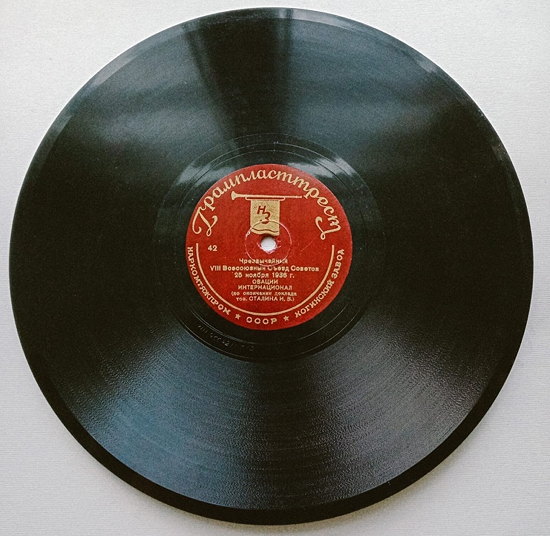
via Skeptics StackExchange
Posted By: Alex - Mon May 29, 2023 -
Comments (0)
Category: Vinyl Albums and Other Media Recordings, 1930s, Russia
Songs of the Russian Street Urchins
A few cheerful gulag ditties.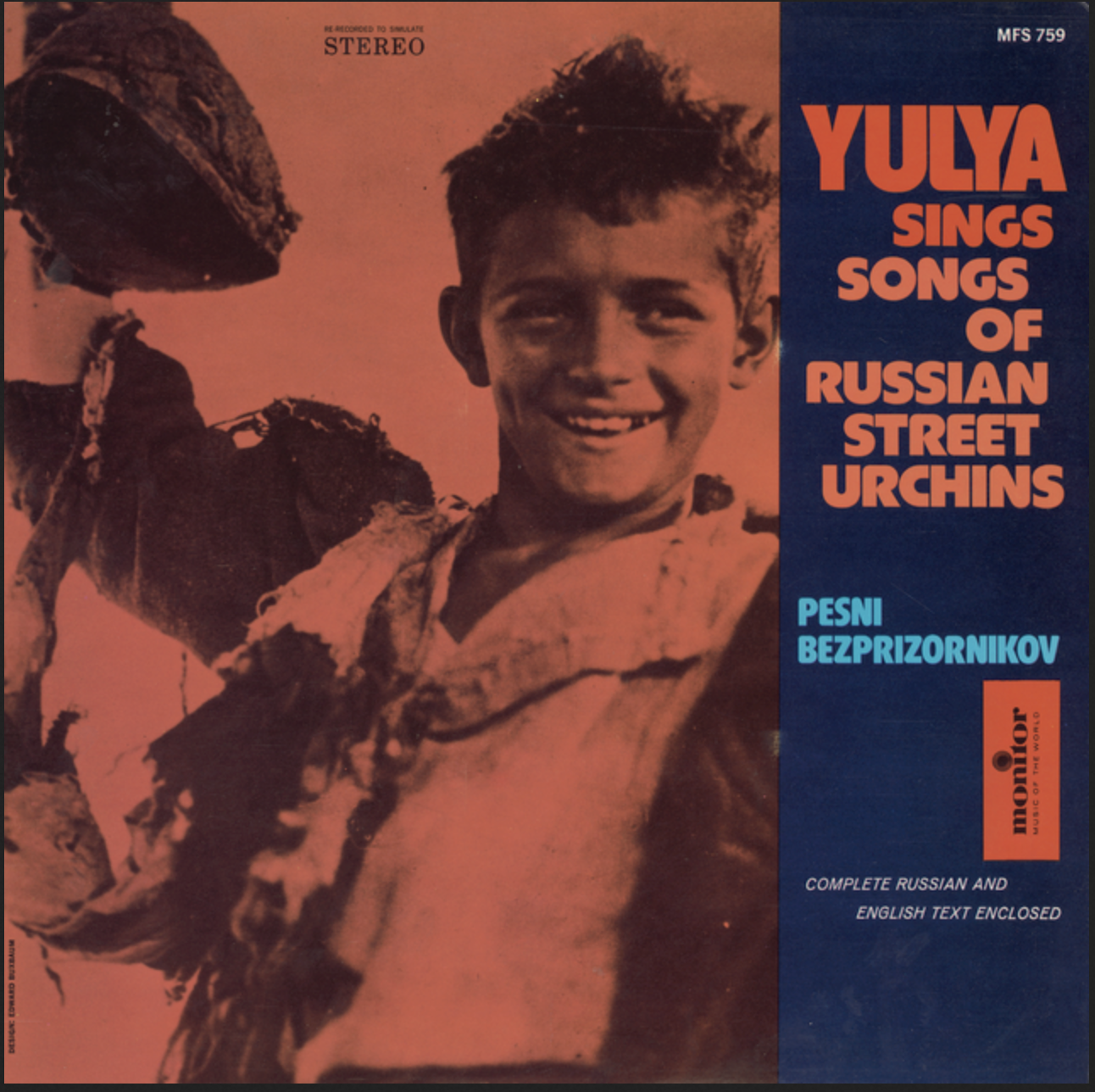
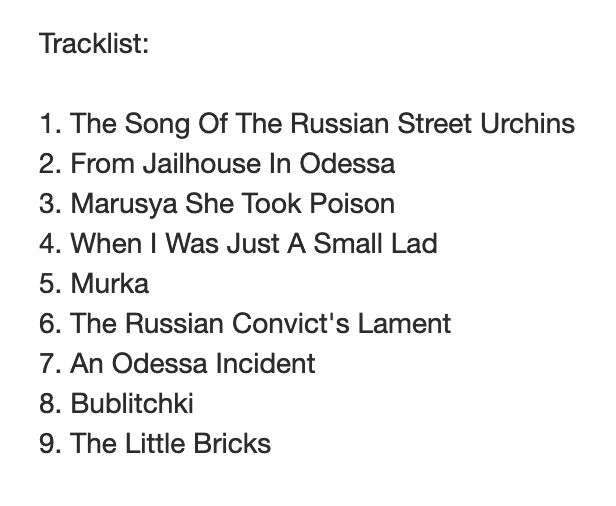
Posted By: Paul - Fri Apr 28, 2023 -
Comments (0)
Category: Music, Children, 1960s, Russia
Artwork Khrushchev Probably Would Not Have Liked 50
The artist's Wikipedia page.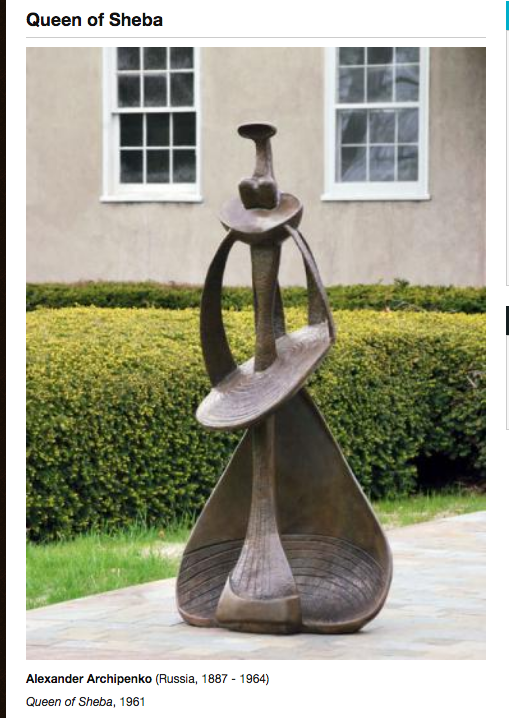
Posted By: Paul - Mon Apr 24, 2023 -
Comments (1)
Category: Art, Avant Garde, Statues and Monuments, 1960s, Russia
Artwork Khrushchev Probably Would Not Have Liked 47
The Wikipedia page.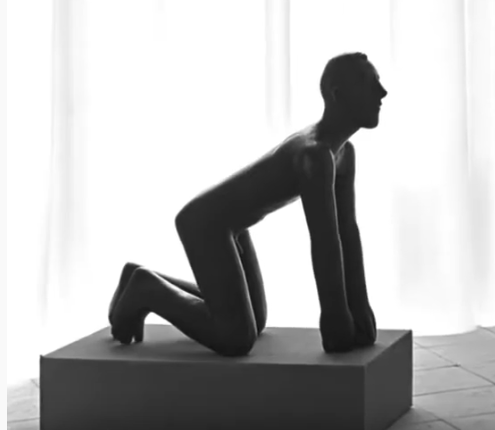
Posted By: Paul - Sun Nov 27, 2022 -
Comments (1)
Category: Art, Avant Garde, 1950s, Europe, Russia
Miss KGB and Miss Gulag
Some oddball beauty titles from Russia.In 1990, 23-year-old Katya Mayorova was crowned 'Miss KGB'. It was part of an effort to put a softer face on the intelligence service. It doesn't seem that there was a competition to select the winner. Mayorova was simply selected by a secret process. As far as I know, she was the only one to ever hold the title.
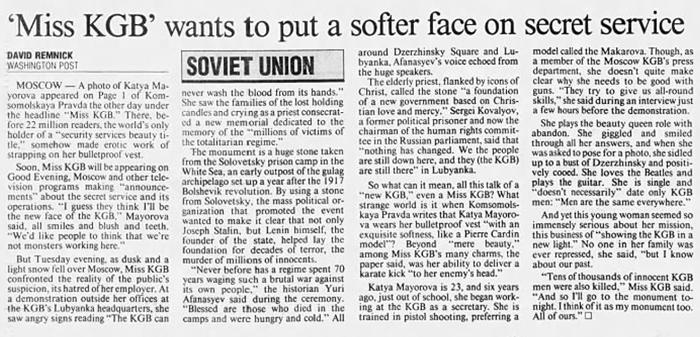
The Montreal Gazette - Nov 4, 1990
click to enlarge
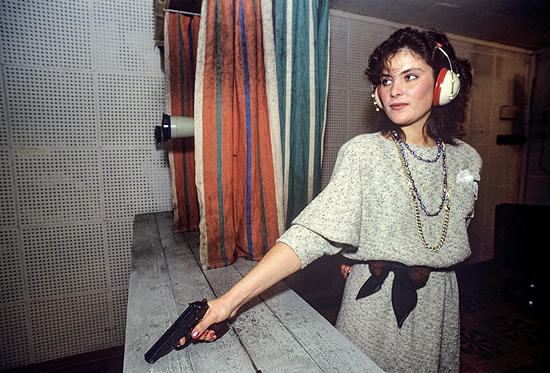

You can find more info about Miss KGB at Russia Beyond.
And from a totally different part of the Russian security apparatus, many women's prisons in Russia now hold beauty pageants. The winners aren't called 'Miss Gulag,' but that was the title of a documentary about the pageants. More info from Jean Trounstine, "Beauty Pageants in Prison Can Have Positive Effects," in At Issue: Beauty Pageants (2010).
As a woman who grew up in the sixties, I used to consider endorsing any sort of beauty contest inconceivable—but that was before I saw two short documentaries about the pageants at Camp UF-91/9, The Contest, produced by the Polish journalist Zygmunt Dzieciolowski, and Miss Gulag, produced by Neihausen-Yatskova and Vodar Films. They show the contenders taking the runway by storm, cheered on by their peers, in a parody of the stale rigidity and lack of sexuality of traditional pageants. . .
Beauty pageants are now widespread in Russian prisons. Make up, gifts for the unit, and credits toward early release are the prizes.
The Contest documentary: part 1, part 2, part 3
Posted By: Alex - Wed Aug 10, 2022 -
Comments (1)
Category: Awards, Prizes, Competitions and Contests, Prisons, Spies and Intelligence Services, Russia

| Who We Are |
|---|
| Alex Boese Alex is the creator and curator of the Museum of Hoaxes. He's also the author of various weird, non-fiction, science-themed books such as Elephants on Acid and Psychedelic Apes. Paul Di Filippo Paul has been paid to put weird ideas into fictional form for over thirty years, in his career as a noted science fiction writer. He has recently begun blogging on many curious topics with three fellow writers at The Inferior 4+1. Contact Us |




